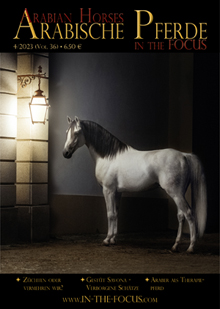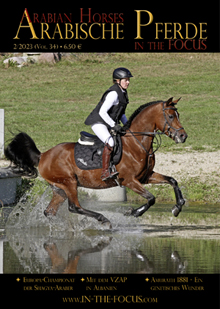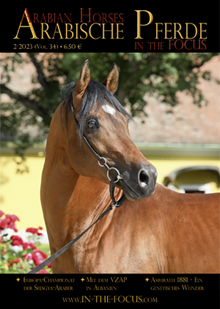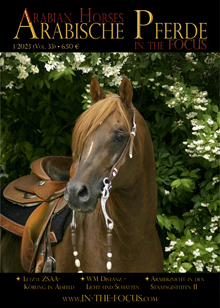A statement of Principles on the Arabian Horse
The existence of the authentic Arabian horse of the Bedouins is threatened by the purebred Arabian, as defined by WAHO. At least that is the view taken by the founders of the Arabian Horse Manifesto. The reasons for this are explained by Yasser Ghanim, one of the founders and active advocate of the “Manifesto”. Although this policy statement is addressed to the Arab world, we are presenting the Manifesto here to provide a deeper understanding of the Arabian horse as an integral part of the Arabian culture.
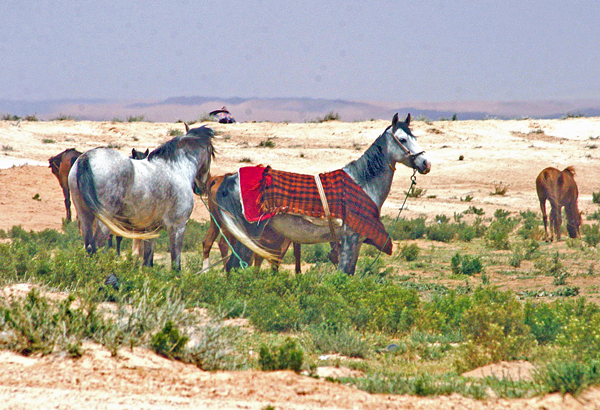
Last year, a new international initiative was launched under the name “The Arabian Horse Manifesto”. A group of some 30 founders from the Arab world, as well as the West, articulated a document that declares their stand toward the Arabian horse. The output has been published on a dedicated website on the Internet and in a downloadable PDF version. So, what is special about this work?
“Our vision is a new era of the Arabian horse that is based on the acknowledgment of its original qualities, understanding and learning of its historical background, respect of its cultural values and context, and the adoption of modern science in drawing the future of the breed.”
The Manifesto represents the shared vision of the founders and what they believe is correctly representing the Arabic and Bedouin values around the Arabian breed, framed in a modern approach that combines culture and science. It tries to utilize the collective wisdom of the community and the many lessons learned after more than a century of modern breeding, including half a century of official registration, as well as international organizations.
The text took a complete year to develop and was thoroughly discussed among the founders, as well as being subject to public review on different blogs, social media channels, and conventions.
The initiative addresses the challenges of globalization and the commercialization of the Arabian horse. It acknowledges, nevertheless, its global value and cross-cultural role. However, it tries to isolate the negative effects that led to any possible transformations away from its original identity. An important pillar of this work is to preserve the breed’s authenticity and original identity as a cultural product stemming from the extended traditions of the Arabs and Bedouin tribes of Arabia over history.
Western Supremacy
During the last century, the Western world took the initiative in almost every facet related to the Arabian horse. Registration, competitions, writing, and research were mainly produced and defined in the West, then extended to the Arab world, which turned into a follower of the reshaped and reimported concepts. This shift of the center of gravity from the East to the West included positive sides and outcomes as well as other negative effects and challenges.
A quick reality check shows a number of challenges the breed faces and which pose serious risks at present. Challenges include, but are not limited to, vague definitions, declining asil ratios and populations, declining registration rates, closed registries, dwindling functional conformation and athletic characteristics, morphological transformations, extreme breeding, and last but not least, reduced genetic diversity and vitality.
The rest of this article is only visible to Online Subscribers.
Please log-in, if you are already an Online-Subscriber: Login-PagePlease go to the Shop, if you want to become an Online-Subscriber: Shop-page
The one-year Online Subscription is available at 20 €
-------------------------------------------------------------------------------------------------









